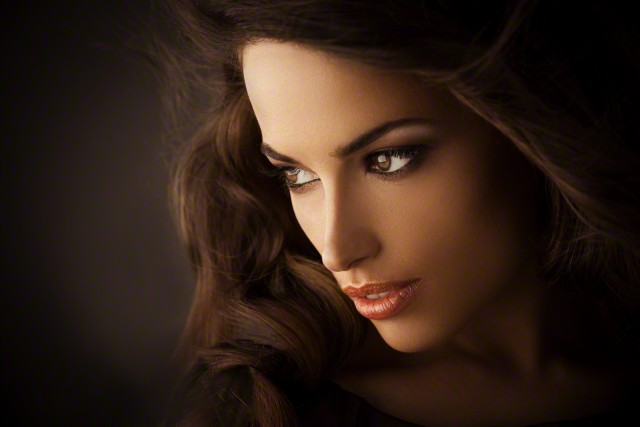Many patients ask me, “What is the best facial filler?’’ My answer to this question is that there is no single filler that is ideal for all purposes. Each material works best in specific applications.
For filling large zones of volume loss, such as the cheeks, my favorite material is the patient’s own fat. When I carry out a facial fat transfer, I can place the fat at a wide variety of levels and know that it will be well accepted. I really don’t know of another material that allows me to work in three dimensions so effectively. The disadvantage of a fat transfer is that it requires a small in-office procedure under local anesthesia. It is also somewhat time consuming and requires significant skill on the part of the surgeon. This is not a procedure that should be done by amateurs.
Sculptra ® is another material that I am using for deep volume enhancement. There are two “home run zones” for this material in my practice: the temples, and the area of the cheek just in front of the ear. I also use sculptra® in the central portion of the cheeks and along the jaw border. I can’t be as powerful in three dimensions with sculptra® as I can with fat, but it has the advantage of being an “off the shelf” material that does not require a minor surgical procedure. Unlike fat, sculptra® requires several treatments separated by 4 to 6 weeks to obtain the best effect.
Injectible fillers made of hyaluronic acid, a simple sugar that is naturally present in most body tissues, are my workhorses for more superficial facial creases, such as the fold between the upper lip and the cheek and the hollow that develops beneath the corner of the mouth. The most common hyaluronic fillers I use in my practice are the Restylane® and the Juvedern® family of products. If I need deeper structural support beneath a stubborn crease, I often start with a base of a thicker version of these products or with a different filler called Radiesse®.
There are more advanced applications of these products which should only be carried out by a highly experienced injector. The tear trough, which is the hollow that develops in the upper cheek just below the lower eyelid, can be softened with a very precise injection. It is also possible for an injector with high skills to soften the indentation that occurs along the jaw border as well as the chin crease. In a limited way it is also possible to place these products above the cheek bone, which gives a fuller appearance to the cheek.
Lips can also be enhanced with the hyaluronic injectibles such as Restylane® and Juvedern®. I regard this as a high-skill application both technically and artistically. There is a tendency for less skilled injectors to overdo lips. You can find plenty of examples of this on the television and in magazines.
The facial fillers are best thought of as a team rather than as competitors. Each has a distinct set of best uses, so when a patient comes to me for evaluation I often recommend a combination of fillers to achieve the best result.


